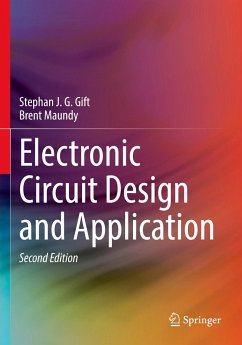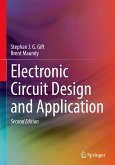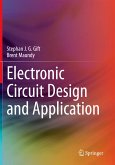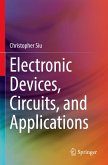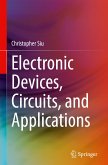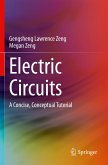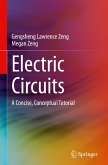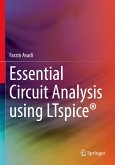This textbook for core courses in Electronic Circuit Design teaches students the design and application of a broad range of analog electronic circuits in a comprehensive and clear manner. Readers will be enabled to design complete, functional circuits or systems. The authors first provide a foundation in the theory and operation of basic electronic devices, including the diode, bipolar junction transistor, field effect transistor, operational amplifier and current feedback amplifier. They then present comprehensive instruction on the design of working, realistic electronic circuits of varying levels of complexity, including power amplifiers, regulated power supplies, filters, oscillators and waveform generators. Many examples help the reader quickly become familiar with key design parameters and design methodology for each class of circuits. Each chapter starts from fundamental circuits and develops them step-by-step into a broad range of applications of real circuits and systems.
Written to be accessible to students of varying backgrounds, this textbook presents the design of realistic, working analog electronic circuits for key systems;Includes worked examples of functioning circuits, throughout every chapter, with an emphasis on real applications;Includes numerous exercises at the end of each chapter;Uses simulations to demonstrate the functionality of the designed circuits;Enables readers to design important electronic circuits including amplifiers, power supplies and oscillators.
Written to be accessible to students of varying backgrounds, this textbook presents the design of realistic, working analog electronic circuits for key systems;Includes worked examples of functioning circuits, throughout every chapter, with an emphasis on real applications;Includes numerous exercises at the end of each chapter;Uses simulations to demonstrate the functionality of the designed circuits;Enables readers to design important electronic circuits including amplifiers, power supplies and oscillators.

